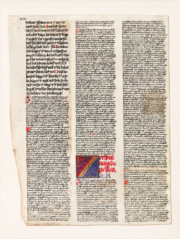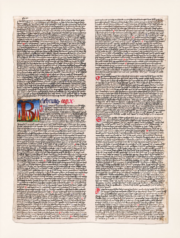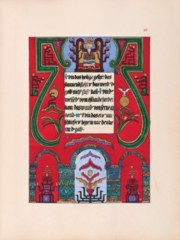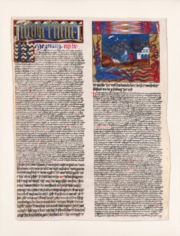Description
The depiction of Izdubar strongly resembles an illustration of him in Wilhelm Roscher’s Ausfuhrliches Lexikon der Griechischen und Romischen Mythologie, of which Jung possessed a copy. Izdubar was an early name given the figure known as Gilgamesh. This was based on a mistranscription. Jung had discussed the Gilgamesh epic in 1912 in Transformations and Symbols of the Libido, using the corrected form. His use of the earlier name suggests that his figure was related to but not identical with the figure from the Babylonian epic.
INSCRIPTION TRANSLATION :
“This image was painted on Christmas 1915”
QUOTATION FROM TEXT :
“As I reach the pass, I see an enormous man approach from the other side. Two bull horns rise from his great head, and a rattling suit of armor covers his chest. His black beard is ruffled and decked with exquisite stones. The giant is carrying a sparkling double axe in his hand, like those used to strike bulls. Before I can recover from my amazed fright, the giant is standing before me. I look at his face: it is faint and pale and deeply wrinkled. His almond-shaped eyes look at me astonished. Horror takes hold of me: this is Izdubar, the mighty, the bull-man.”
WEIGHT 9.25 lbs
DIMENSIONS 36 × 30 × 1
inPRINT DIMENSIONS 25″ x 32.8″
PRINT WEIGHT 1 lb
SHIPPING DIMENSIONS 30″ x 36″ x 1″
SHIPPING WEIGHT 9.25 lb, print-only / 35.5 lb, framed





